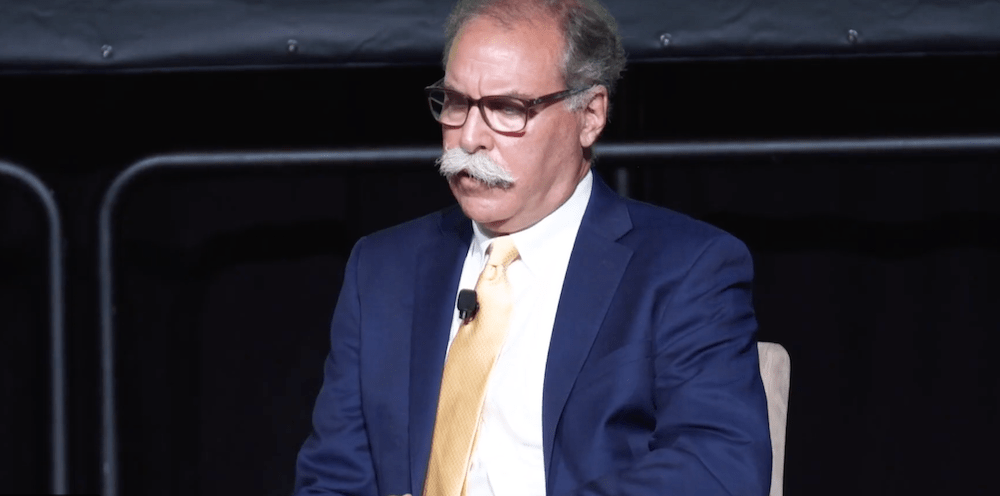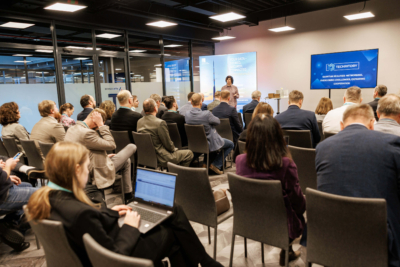- The telecom industry is responsible for a massive boom in digital industries. In the meantime, many physical industries – like manufacturing and agriculture – have been left behind.
- Tod Sizer, the VP of Nokia Bell Labs, sees physical industries as a ”great untapped opportunity” and a great way that we can help to impact society as a whole.
- Seizer, however, also urges physical industries not to wait in 5G and start using the possibilities of 3G and 4G to start bringing the benefits of communications now.
This article originally appeared on RCR Wireless News.



